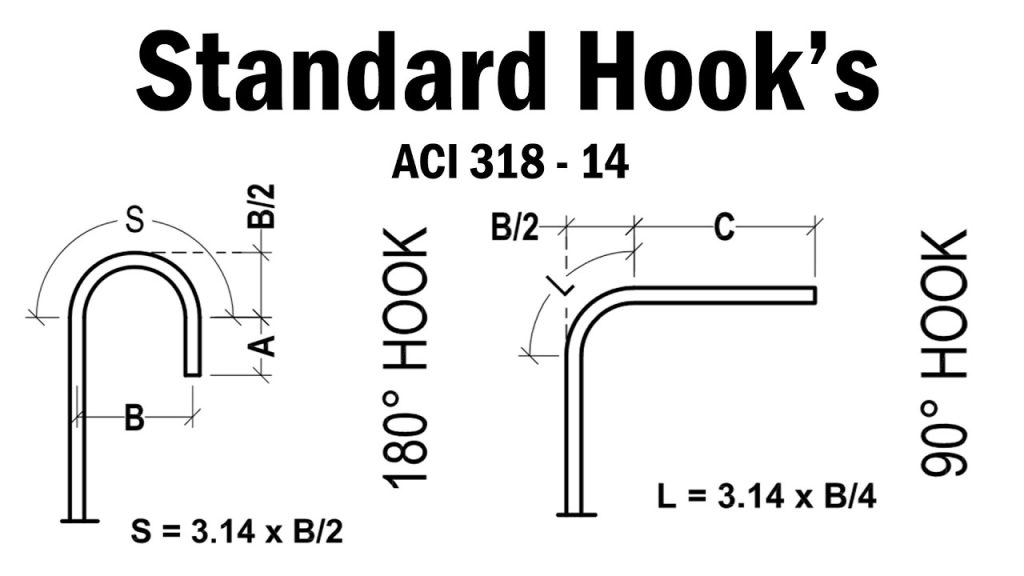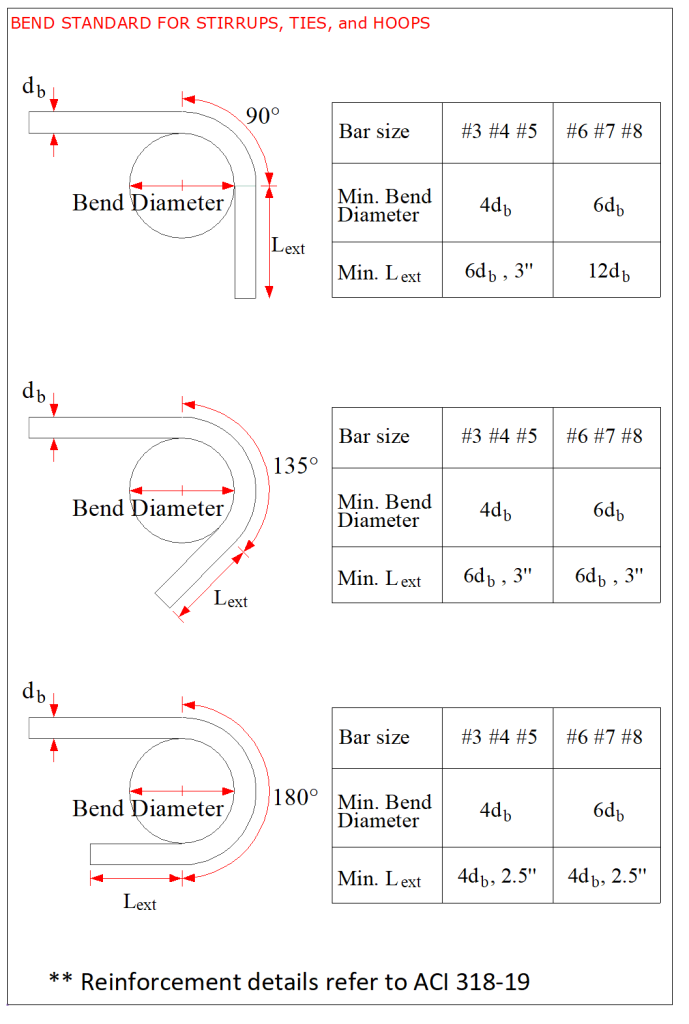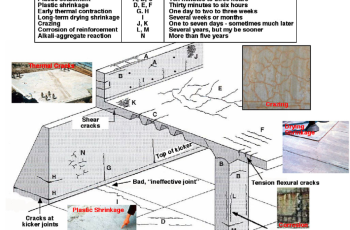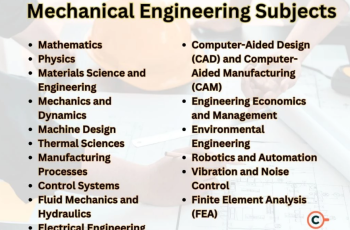Definition: Standard hooks are bends or loops formed at the ends of reinforcement bars (rebar) used in reinforced concrete construction. These hooks serve to anchor the bars within the concrete, enhancing the bond and providing additional support to resist tension and shear forces.

Types of Standard Hooks
1. 180° Hook:
- Definition: A 180° hook is a standard hook with a bend of 180 degrees plus an extension of at least 4 bar diameters (but not less than 65 mm) at the free end of the bar.
- Usage: Commonly used for anchorage in reinforced concrete structures.
2. 90° Hook:
- Definition: A 90° hook is a standard hook with a bend of 90 degrees plus an extension of at least 12 bar diameters at the free end of the bar.
- Usage: Often used for anchorage in beams and slabs.
3. 135° Hook:
- Definition: A 135° hook is a standard hook with a bend of 135 degrees plus an extension of at least 6 bar diameters (but not less than 75 mm) at the free end of the bar.
- Usage: Commonly used for stirrups and ties in reinforced concrete structures.
Importance of Standard Hooks
- Enhanced Anchorage: Standard hooks improve the anchorage of rebar in concrete, preventing slippage and enhancing structural integrity.
- Shear Resistance: They help in resisting shear forces, especially in beams and columns, reducing the risk of shear failure.
- Load Distribution: Hooks distribute loads more effectively, enhancing the overall strength and stability of the structure.
Meta Description
“Explore the essential details of standard hooks in reinforced concrete, including types, definitions, and their importance in structural engineering. Enhance your knowledge with recommended reference books for civil engineers.”

Reference Books
- “Reinforced Concrete Design to Eurocode 2” by Colin D. Simpson and John B. R. Walley – This book provides comprehensive coverage of reinforced concrete design, including details on standard hooks and their applications.
- “Design of Reinforced Concrete Structures” by B. C. Punmia, S. K. Gupta, and D. S. Khandelwal – This book covers various aspects of reinforced concrete design, including the detailing of hooks.
- “Reinforced Concrete: Mechanics and Design” by James G. MacGregor – This book offers detailed explanations of reinforced concrete design principles, including the use of standard hooks.
- “Design of Concrete Structures” by N. Subramanian – This book provides a thorough understanding of concrete structure design, including the detailing of hooks and other reinforcement elements.

Additional Considerations
When designing and implementing standard hooks in reinforced concrete, it is crucial to follow construction codes and standards (such as ACI, IS, Eurocode) to ensure safety and durability. Proper placement, bending, and securing of hooks are essential to achieve the desired structural performance.
By understanding and applying these standard hook details, civil engineers can enhance the strength and stability of their concrete structures, ensuring long-lasting and safe constructions.

